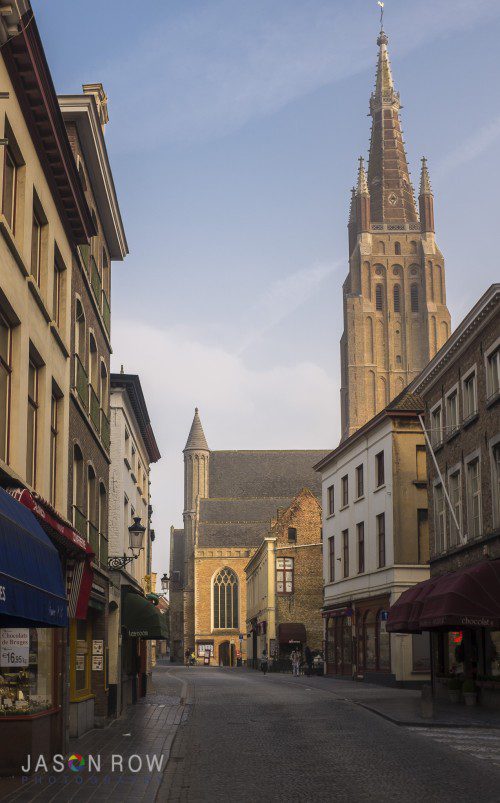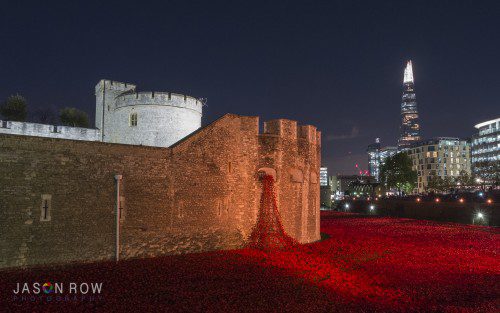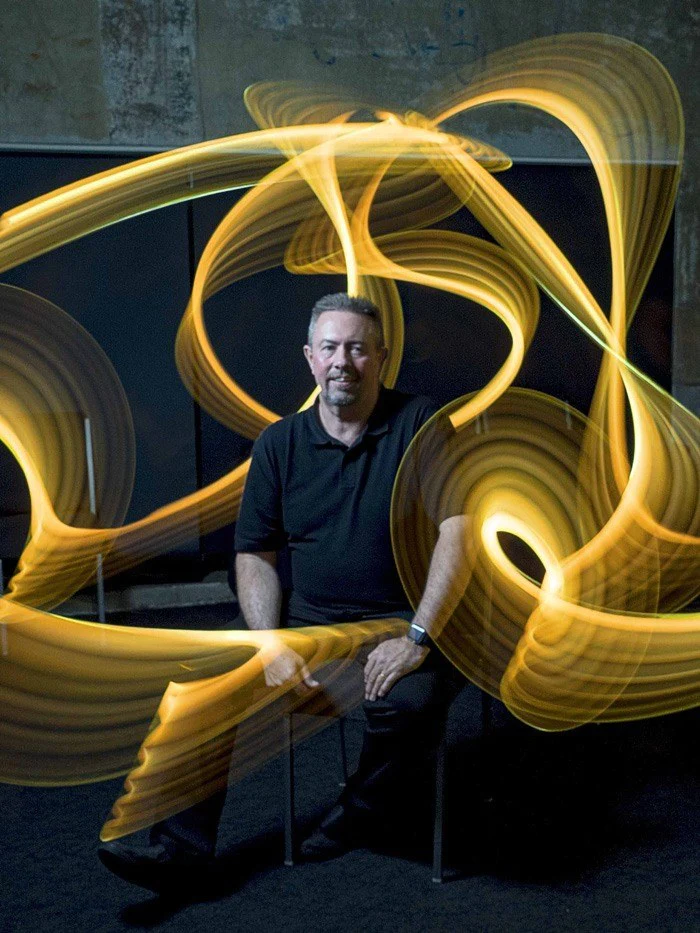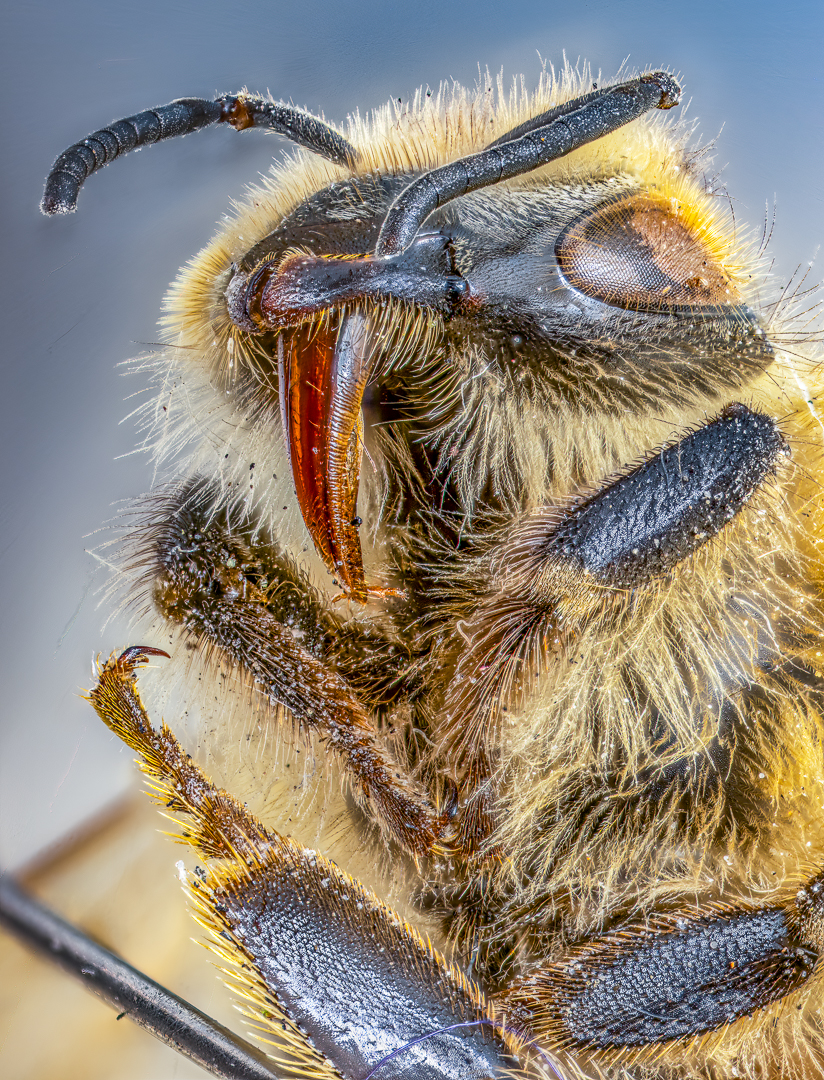
Many of us get into photography because it is a wonderful fusion of the technical with the artistic. As we progress we feel the need to showcase our work to the world.
This might be for professional reasons, it might be for constructive critique or it might be just to show how proud you are of your images. That showcase is, of course, your portfolio.
We have discussed the dos and don’ts of portfolios before here on Lightstalking so today we are going to look at some of the techniques you should try to incorporate into your showcase.
Because photography is this marriage of creativity with technique, you should try to demonstrate both, preferably in a single shot. Let’s start with the artistic side.
The Ultimate Technique In Photography…Composition
Of course, composition is fundamental to good imagery but which rules do you choose? Over the spread of your portfolio look to include images that demonstrate both the basic rules of composition such as thirds and leading lines along with one or two that demonstrate the more complex aspects for example golden ratio or negative space.
Don’t be afraid to include an image or two that breaks the rules, if the shot works.

Try Using Your Imagination When Composing Images
You can demonstrate your imagination and creativity in several ways. Preconceived shots show the ability of your artistic side to see shots long before you take them, whilst taking imaginative shots on the fly demonstrates that you can still think creatively under pressure.
There are many ways to express your imagination and you should consider including one or two highly imaginative images in your portfolio.

Understanding The Light You Have
Whilst controlling the light could be regarded as a technical aspect of photography, understanding how to control it is a creative task. In the studio, this might be setting up the lighting to give a highly creative, beyond the ordinary, look to the subject.
Outside it might be the use of filters or creative exposure to mould the light into the way we want it to look.
Understanding Light is absolutely essential – as photographers we all know it, there's no getting around this one. So, just for the readers, we have an excellent and comprehensive Guide for you: Fantastic Fundamental Light Skills – “The fast and easy way to develop a fundamental understanding of light so you can take better photos!”

Let’s move onto the other side of the equation, technique. Everything we do creatively will be completely let down by poor technique. There is no point in showing a creatively stunning image in our portfolio if, on inspection, it is slightly out of focus.
Basic Techniques You Must Try To Master
A cornerstone of great photography and sometimes overlooked due to the increasing sophistication of cameras that deceive to flatter us. Items that fall under basic technique are exposure, white balance and focusing.
Every image in your portfolio should show that you fully understand these techniques. There should be no noise in shadows or unrecoverable highlights, the focus should be pin sharp on the subject and white balance should demonstrate that you understand how different color temperatures affect the way your subject looks.

Higher Level Techniques For Your Portfolio
To really showcase your abilities, you'll need to demonstrate your ability to understand some of the higher level photographic techniques. These might include:
- Shallow depth of field and bokeh,
- Control of shutter speed to show motion blur or freezing a subject,
- An understanding of how to use perspective in your shots by changing position
- And focal length.
You can demonstrate using exposure to control the way you want the light to look, knowledge of flash and fill-in flash, an understanding of backlit and silhouettes. There are many higher level techniques available, you don’t need to show all of them but certainly demonstrating three or four in your portfolio will give any seasoned viewer an understanding of your photographic ability.

Post Production Techniques – After The Shooting
This is as important to our portfolio as any of the techniques above. If we do it well, the viewer will not know what we have done to the image, if we do it badly, the errors are all too obvious.
Basic techniques in post production are a simple as adding a level or curve adjustment, correcting colour, resizing and sharpening. Remember that if you are outputting to a print portfolio your sizing and sharpening will be very different to that of a screen based folio.

We all want our portfolios to showcase our very best images, but to do so they need to also demonstrate that you understand both the creative and technical challenges of getting those images.
There you have it, a pretty well-rounded article packed to the brim with advice that you can take away and really enhance your portfolio – whether print or online. If you do want to take your creativity that step further, perhaps consider this Guide: The Creativity Catalogue – by the guys over at Photzy – “Dramatically Improve your Creative Output”.
If you can show a wide range of technical and artistic ability in your shots, you will be well on the way to a winning portfolio.




